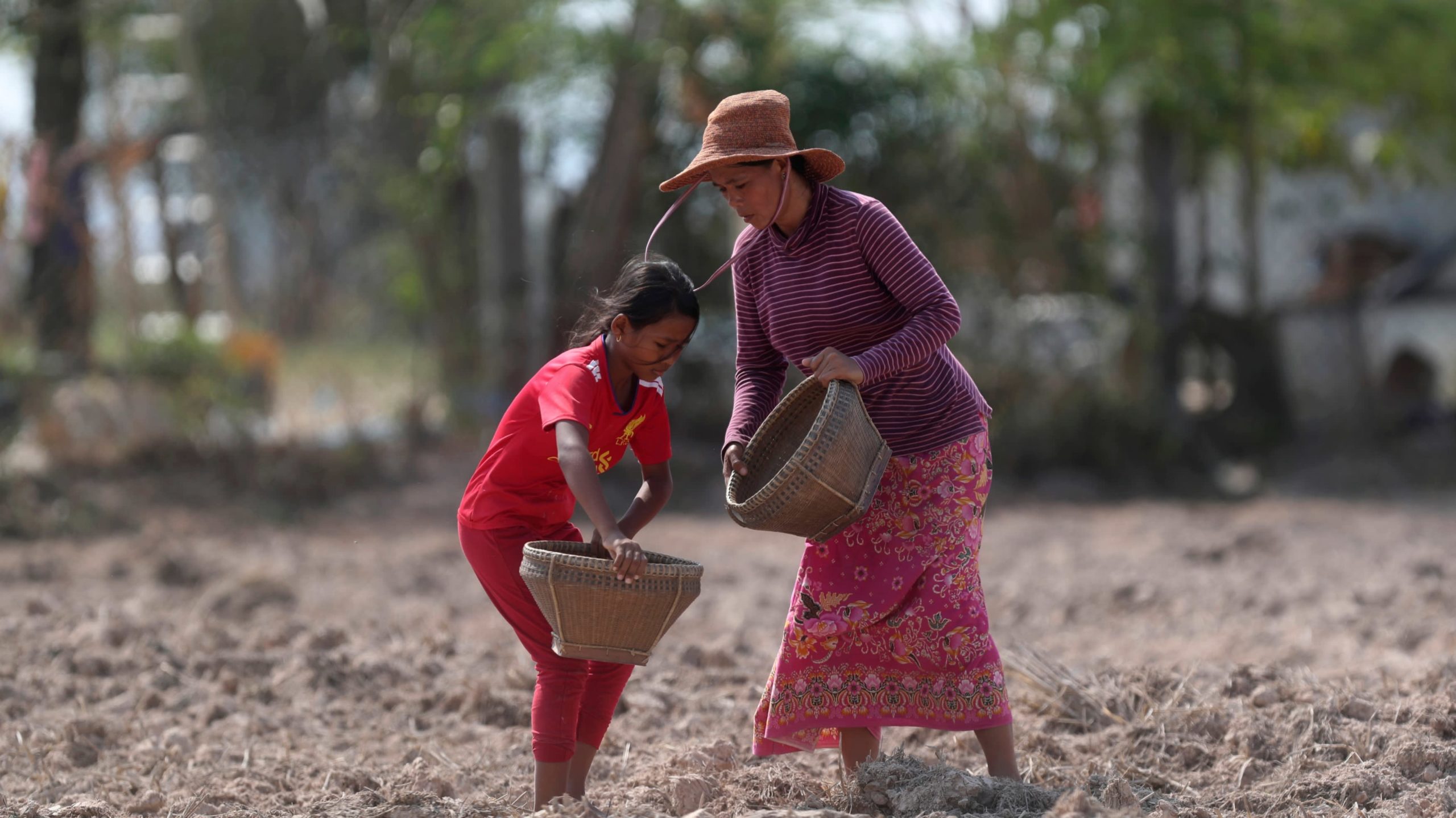Cambodia avoids coronavirus carnage, but faces economic disaster
PHNOM PENH — Cambodia is enjoying a public health success four months after detecting its first coronavirus case, but the pandemic’s impact is setting the stage for an economic disaster in the nation of 16 million.
The country, with one of Southeast Asia’s poorest health systems, has avoided the type of fast-spreading outbreak that has overwhelmed several developed nations.
At the same time, the World Bank has warned the country faces the “greatest threat” to its development in 30 years, predicting the pandemic’s economic fallout could push GDP into a contraction of between 1% and 2.9% this year in what would be Cambodia’s first bout with negative growth since 1994.
In an assessment released on Friday, the bank estimated at least 1.76 million jobs are at risk as the virus-induced global slowdown slams the country’s three most important sectors: apparel exports, tourism and construction.
Those industries account for 71% of growth and 20% of total employment in a country that lacks a functioning social safety net.
The grim forecast contrasts with Cambodia’s apparent success at containing COVID-19, which has infected more than 6 million people worldwide, killing almost 370,000.
As of Monday, Cambodia had recorded 125 infections — two currently active — and no deaths.
The Ministry of Health, which did not return a request for comment, has tested more than 10,000 people, most via the Pasteur Institute in Phnom Penh, one of 17 World Health Organization coronavirus reference laboratories.
The country’s public health response has been praised by the WHO and the U.S Centers for Disease Control and Prevention. Both groups, which are working closely with Cambodian health authorities, say they are confident there is currently no widespread transmission of the virus.
“They’ve done a good job,” WHO country representative Li Ailan told the Nikkei Asian Review, adding, however, the risk of a second wave remains and much more preparation is needed.
“They’re still in the early stage,” she said. “If there was a large scale outbreak, the system could be overwhelmed.”
Like in other countries with low caseloads, there are questions about what factors — among them the country’s climate, its lack of mass public transport, its relatively low density and more open-air living arrangements — have helped Cambodia avoid the type of widespread outbreak experienced in Europe, South America and the United States.
Michael Kinzer, director of the U.S. CDC’s Cambodia global health security program, said environmental and social factors may have contributed to the low caseload but that there is “no convincing argument for any one reason.”
He said government measures — including restrictions on arrivals from heavily impacted countries, school and some business closures, a ban on mass gatherings and travel constraints during the Cambodian New Year holidays — made “a direct impact.”
More than two-thirds of Cambodia’s cases have been imported. The rest have been linked to these patients, with outbreaks centering on five clusters.
Kinzer said the CDC had worked closely with the Ministry of Health’s rapid response teams to follow up confirmed cases, monitoring more than 2,000 contacts and finding 27 infections via contact tracing.
“It’s not perfect surveillance by any means and I’m sure that we’ve missed cases, we might have even missed clusters, but the idea that there’s widespread transmission doesn’t really match the evidence we have,” Kinzer said, adding COVID-19 “doesn’t hide.”
As some restrictions are eased, like the ban on incoming travelers from certain countries, authorities face a continuing battle to prevent a new wave of infections.
At the same time, the government faces what the World Bank describes as an “urgent” need to provide economic relief for the hundreds of thousands of workers hit by the economic fallout.
The bank forecasts poverty will increase between 3% and 11% if families working in Cambodia’s major industries experience a 50% loss of income that lasts for six months.
Job losses are also likely to exacerbate Cambodia’s already strained $10 billion microcredit sector.
Recent figures don’t bode well. After consumer demand collapsed, more than 237 apparel and footwear factories that employ almost 120,000 people combined suspended operations. International arrivals, the backbone of Cambodia’s more than 600,000-worker tourism sector, have dropped by half in the first quarter.
Construction, the country’s largest economic driver and the employer of 200,000 workers, has also been hit as foreign direct investment, mainly from China, slows. Steel imports, an indicator of building activity, dropped by 47 percent year-on-year in the first two months of 2020.
Meanwhile, close to 100,000 migrant workers returned from Thailand before borders were shut, precipitating what’s likely to be a sharp drop in remittances, which generated $2.8 billion in 2019, according to Ministry of Labour figures.
The government has set aside $350 million to provide some relief, including cash for vulnerable groups, and $40 wage subsidies for suspended garment and tourism workers.
But workers’ rights advocate Moeun Tola said the crisis has highlighted an urgent need to build a “holistic” welfare system, rather than resorting to “panicked” and piecemeal measures that would see many fall between the cracks.
“There could be a social crisis also, if people don’t have income,” Tola said. “People need to survive.”
Source: Asia Nikkei Review


